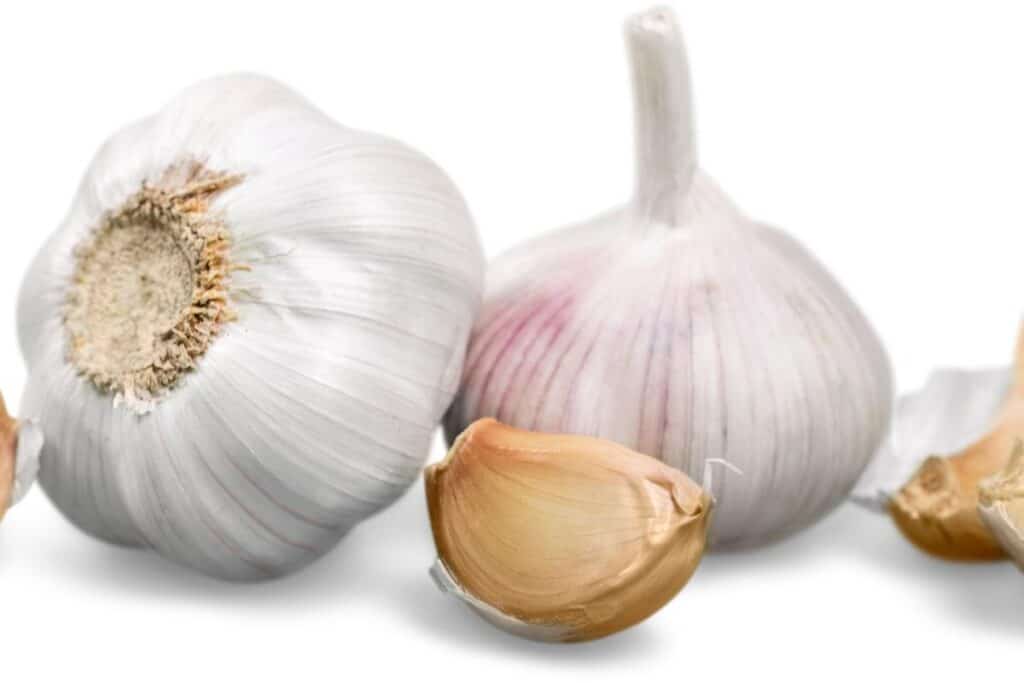In culinary treasures, garlic stands as a powerhouse of flavor and nutrition. However, its potential extends beyond its ability to transform dishes into culinary delights. Garlic, scientifically known as Allium sativum, has been celebrated for its medicinal properties for centuries, and its fitness benefits have not gone unnoticed by health enthusiasts and athletes alike. From improving cardiovascular health to boosting immune function, garlic offers many advantages that can support your fitness journey in remarkable ways.
In this article, we dive into the fitness benefits of garlic and how this pungent bulb can become your fitness ally.
1. Enhanced Cardiovascular Health
A robust cardiovascular system is a cornerstone of fitness, enabling efficient oxygen transport and overall endurance. Garlic has been linked to improved heart health by promoting healthy blood circulation, reducing blood pressure, and supporting cholesterol levels. Allicin, a compound found in garlic, is believed to contribute to these benefits, potentially enhancing your ability to engage in strenuous workouts and optimize your performance.
2. Improved Blood Flow
Efficient blood flow is crucial for delivering oxygen and nutrients to muscles during workouts. Garlic’s vasodilatory properties can help relax blood vessels, facilitating better blood flow and nutrient delivery. This can lead to enhanced muscle performance and a quicker post-workout recovery.
3. Immune System Support
Consistent training can temporarily suppress the immune system, making athletes more susceptible to infections. Garlic is renowned for its immune-boosting properties, attributed to its immune-enhancing compounds. Incorporating it into your diet might help fortify your immune defenses, reducing the risk of illness and enabling you to maintain your fitness routine without interruptions.
4. Natural Anti-Inflammatory
Intense physical activities often lead to inflammation and muscle soreness. Garlic contains anti-inflammatory compounds that can potentially alleviate exercise-induced inflammation. By incorporating it into your meals, you might experience reduced muscle discomfort and faster recovery times.
5. Antioxidant Protection
Exercise generates oxidative stress, contributing to cell damage and premature aging. Garlic’s antioxidants, including allicin and sulfur compounds, can help neutralize free radicals and minimize oxidative damage. This can support overall cellular health, enabling you to engage in rigorous workouts without undue wear and tear on your body.
6. Cognitive Function
Fitness isn’t just about physical prowess; mental clarity and focus are equally important. Garlic compounds have been linked to improved cognitive function. Clear mental focus can translate to better workout performance, making garlic a potential ally in enhancing your mind-body connection during training.
Incorporating Garlic Into Your Diet
To harness the fitness benefits of garlic, consider these practical ways to include it in your meals:
- Cooking: Incorporate it into savory dishes, such as stir-fries, roasted vegetables, and lean protein sources, to elevate flavor and nutrition.
- Homemade Sauces: Create your garlic-infused sauces or dressings to enhance the nutritional profile of your meals.
- Raw Consumption: For maximum allicin content, consume garlic raw. Mince or crush a clove and add it to salads or dips.
- Supplements: Supplements, available in various forms, can conveniently incorporate garlic’s benefits into your routine.
Final Thoughts
Garlic’s journey from kitchen staple to fitness enhancer is a testament to the versatility of nature’s offerings. Its potential to promote cardiovascular health, support immunity, and reduce inflammation makes it a valuable addition to any fitness regimen.
As with any dietary choice, ensure that garlic aligns with your health needs and preferences. Embrace the mighty garlic and let its pungent goodness become a cornerstone of your fitness journey, fueling your path to a healthier and stronger you.
If you or someone you know is looking to improve your health, share this article on Facebook or Twitter so that others can learn more about self-care.




